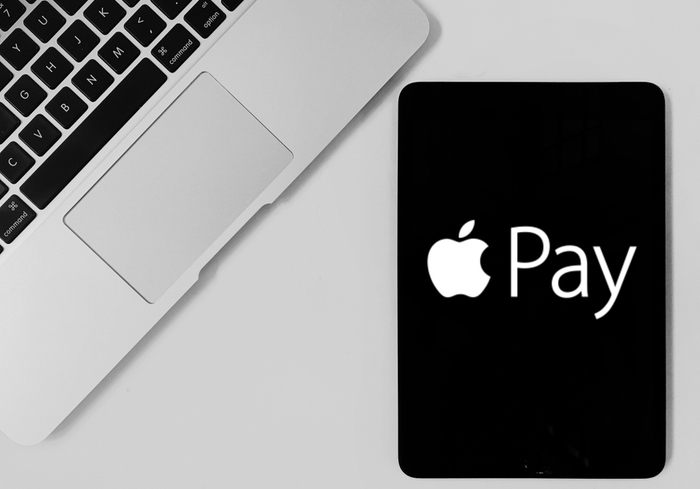
Apple and Goldman Sachs Group are in the midst of bringing a joint Apple Pay-designated credit card to market. The news comes at a critical juncture in the product lifecycle of Apple Pay. It’s been more than three years since the launch of the mobile wallet and, as classic business theory goes, this moment in time should mark the top of the S-curve for a new product — the point where it is at peak adoption.
But Apple Pay’s adoption “curve?” It doesn’t look like much of a curve at all. After nearly 40 months on the market, adoption of Apple Pay has been essentially flat.
The percentage of smartphone users who used Apple Pay for their last transaction, at a place where they could have, has changed. According to PYMNTS’ mobile adoption study done in collaboration with InfoScout, that has gone from 1.9 percent at launch, to 2.6 percent in March 2015, to 3.0 percent in Dec. 2017 — with some ups and downs in between. There’s no evidence, therefore, that iPhone users are getting more — or less — enamored with Apple Pay.
Of course, it’s possible that at 40 months the blip upward in Dec. 2017 reflects some sort of delayed inflection point. That might have more to do with the recent launch of new iPhones and new device activations over Christmas. The bump may have primarily come from more people trying Apple Pay for the first time, rather than existing Apple Pay consumers using it more often.
How, then, will Apple see another inflection point? For Apple Pay to get its S-curve in motion, iPhone users will need to learn to love Apple Pay. Could that warm feeling could come courtesy of the new plastic card?
Plastic cards are ubiquitous and the default payment method at checkout. It’s the entrenched payment method that Apple Pay has been competing with since day one. There is a certain sense of irony over the fact that Apple has decided to use the decades-old, good old-fashioned plastic cards — that Apple CEO Tim Cook said was the cause of friction at checkout, at the launch of Apple Pay — to ignite what he described then as a digital payments game-changer.
Of course, the card could be mutually beneficial for both Apple and Goldman as a customer acquisition tool. The Wall Street Journal reported that, for Apple, an Apple Pay card could “deepen” a “push into its customers’ wallets,” while Goldman now comes to market with its first credit card.
That all depends.
Consumers have lots of credit cards already and use them for specific reasons, mostly because they like the rewards they get when using them. If Apple Pay hopes that its own card will be at the top in the Apple Pay wallet, it will need to do two things: give consumers a reason to apply for it and then use it. And get those consumers to use Apple Pay more often than they do now, which — as we have seen — is not that often. Same problem, different day.